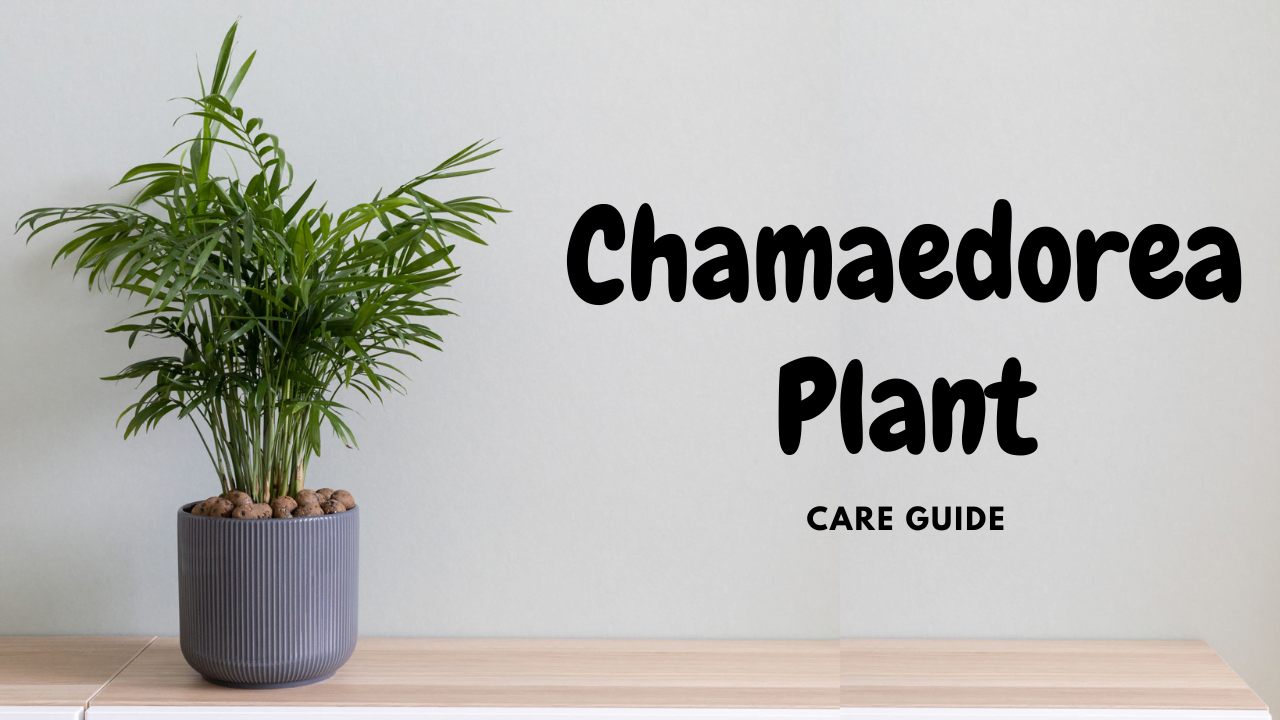Chamaedorea Plant Overview
The Chamaedorea Palm is one of the most widely used palm tree for bright interiors and is also one of the easiest palm trees to grow as indoor plants. Commonly known as the Mini Palm because of its leaves which curve upwards in multiple stems to create a butterfly look. Native to the islands of Madagascar, the Chamaedorea Palm plant is relatively disease-free and topped a NASA study of the 10 best air purifying plants as it filters xylene and toluene from the air. This palm tree, with its long, graceful feather-shaped fronds, will add a tropical feel to your home and also works as an effective humidifier.

Things to care
Light:
These are considered low-light palms, but that doesn’t mean “no-light” palms. They still prefer bright, filtered sunlight to do their best. They often do well with northern exposure.
Watering:
Palm dont like to be over watered. Even moisture is ideal. Water well then wait until the surface of the soil has dried out, at which point water well again. Limit the amount of water given when light or temperature levels are low simply because in those conditions plants don’t need as much water.
Temperature and Humidity:
Palm prefers room temperatures between 65 and 80 degrees Fahrenheit. It can tolerate a low of 50 degrees Fahrenheit but will die with a frost. Keep it away from cold drafts near windows, vents, and outside doors. It will thrive with average humidity. If your palm begins to develop dry leaf margins or brown tips, it’s most likely caused by cold drafts or prolonged dry periods. Try to raise the humidity in these circumstances before overwatering.
Potting and Repotting:
Parlor palms have weak root systems and grow relatively slowly, meaning that repotting should only be done with care. In general, the plants stay a manageable size, so you shouldn’t have to repot more than every other year.
Plant Health Sign and tips:
Leaves with brown tips -Normally this is a sign of very dry air so increase the humidity to prevent this. If you can’t, you should just remove the brown tips with a pair of scissors as they blemish the overall appearance.
Leaves have brown spots – Caused through overwatering or the temperature being too cold around the plant.
Yellow leaves – This is either caused by allowing the root ball to dry out, (water more frequently) or the nutrients in the soil have been depleted (repot or feed).
NOTE – As it is a live plant, therefore its health might deteriorate because of shipping. Hence you are advised to allow the plant to recover to its best of health within 1-2 weeks of the receipt. These are few points which will help you to take care of your plant.
Related Articles
- Propagating Chinese Elm Bonsai Cuttings And From Seeds
- Best Chinese Elm Bonsai Soil and Fertilizer.
- Troubleshooting Common Problems With Chinese Elm Bonsai
- Buy Chinese Elm Bonsai: How Not to Get Scammed When Purchasing a Chinese Elm Bonsai Tree!
- Chinese Elm Bonsai Pruning And Styling.
- Creating a Chinese Elm Bonsai Forest- Step-By-Step Guide.

